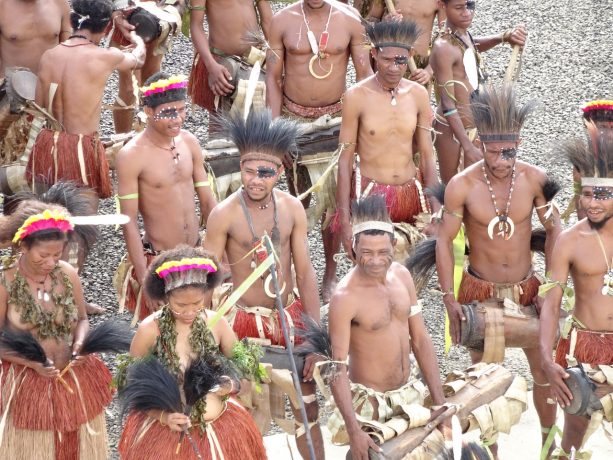The extractive industries were a common topic during this
This article, 14th of June, aims at providing a succinct assessment on the conditions of the extractive industries whilst simultaneously informing readers on the impact behind the garment industry. Furthermore it aims at lending an analysis on the meaning of conflict minerals, hoping to inform and effectuate awareness amongst the readers of The Guardian. Therefore, hopefully leading towards a more justifiable shopping behaviour.
During the last years companies have decided to shift production processes towards less cost intensive countries: where workers often pay a high toll on labour intensity. Factory incidents like Ragna Plaza in Bangladesh were given huge media attention, but there is a step before the cut make trim (CMT) process to look at as well: the sourcing. Responsible sourcing of cotton becomes the new norm, but what about the sourcing of minerals for our jeans? Are fashion companies aware of the devastating effects of the extractive industry and do they know where the raw minerals for their jeans are coming from?
The answer is: no. Only one percent of brands listed on the American stock market know where their raw materials come from and 80% of all the brands is not aware on whether their products contain conflict minerals or not (Yong H. Kim & Gerald F. Davis, 2017). It is however possible to guarantee a 99,9% disclosure of first tier suppliers, but it is not likely that any international brand within the fashion industry can claim to know all of its tiers for every component across the supply chain. Especially when products are sourced throughout Asia it is hard to label them as responsibly mined due to the complexity of supply chains.
Not only are companies not fully aware of where their raw minerals are mined, there is also a lack of understanding on what the word conflict mineral means, and what topics it should covers. By the American Dodd Frank act they are defined as those where the yields of the mining operations in the DR of Congo and their adjoining countries fund local armed croups. However, these countries only deliver 15 to 20 percent of the worlds supply on 3TG minerals that are protected with this act. The other 80 to 85 percent is mined in other countries and continents. The 3TG minerals consist of Tantalum, Tungsten, Tin (3T) and Gold (G).
Though in other continents such as Asia & The Pacific and Latin and North America armed groups do not play such an important role, there is still a devastating effect on local communities and their livelihoods. Bringing negative effects to both social and environmental aspects. When lands are appropriated without consent of indigenous communities they are forced to evacuate their lands leaving them as ecological refugees. Local governments often ignore this, as communities are not given any land rights through the concept of ‘Terra Nullius’ and ‘Nomads’, which is a violation of their basic human rights – Terra Nullius – literally means an empty land with no masters. – Nomads – those who do not have a permanent residence and domestication of lands, thus not allowing them to hold any land rights.
If communities are not forced to leave their lands by extractive operations they might still become ecological refugees. This as nearby extractive industries engender negative effects on local ecosystems, forcing them to leave due to unfertile lands. Therefore, other non- 3TG minerals that are mined under the violation of human rights should be included when we speak of conflict minerals.
The question that remains is: how is it possible that with the ever-growing demand for transparency this topic remains comparatively secretive? Contracts on sourcing of minerals between fashion brands and their suppliers often maintain confidential. With the little data that is shared on this matter, it is likely to say that companies are afraid that a lack, within their management systems and policies on natural resource extraction, might get to the public attention. Though this is not by definition the only possible reason. Supposedly, brands also want to keep some secrecy on where, when and how their garments get manufactured, in order to avoid competitors poaching their suppliers.
This article is not aiming at drawing a negative picture of the industry as a whole, but merely states that a critical point of view is a vital necessity in order to encourage awareness within the supply chain. Advisable to the global public, is to actively seek for transparency in order to identify the source and origin of the purchased goods. A first step is choosing to shop at sustainable brands that offer transparency, as example given; Kings of Indigo and Redew8. These brands use recycled minerals as source for their trimmings. These minerals are extracted from the pharmaceutical industry and Electricity Companies and consist of leftovers. Therefore, these minerals do not stimulate new extractive processes and avoid the impact on indigenous communities.
Fashion brands that source their buttons from Asian trim suppliers (who source their raw minerals throughout Asia) are thus not able to determine their products as fully conflict free. And though there has been a focus on other sustainable aspects within the industry, it is absolutely essential to take this process into account if fashion brands want to create fair supply chains.






GIPHY App Key not set. Please check settings